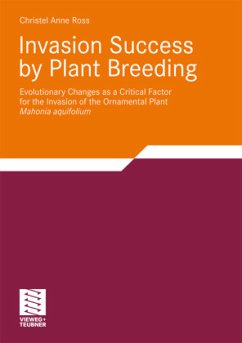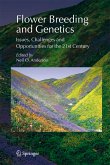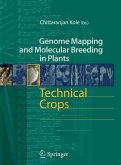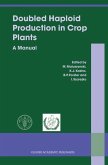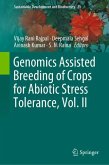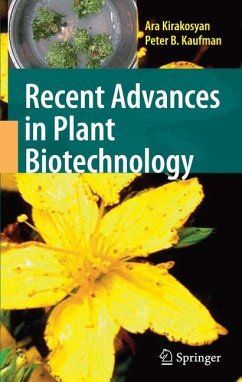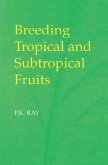Christel has been intrigued by the phenomenon of invasions since her studies as an undergraduate student in botany at Goettingen University where she took several of my courses and where I supervised her diploma thesis. Her diploma thesis already addressed the possible impact of hybridization for the invasiveness of plant species. By using molecular markers, she studied North American and European Rhododendron species. We were also in close contact while she was working on her PhD thesis at the Department of Community Ecology at the Helmholtz-Centre for Environmental Research UFZ in Halle. Having been one of the reviewers of her PhD thesis, I readily agreed when she asked me to write a short preface to this publication. While the main line of research on the role of evolutionary processes for plant invasions has mainly been on the response to a different natural selection pressures exerted by the abiotic and biotic site factors of the new environment, Christel has asked to which degree breeding efforts might have contributed to such pressures. She chose a very apt study object to address this topic, Mahonia aquifolium, a species native to North America and introduced to Europe as an ornamental plant, together with some other species of the same genus. Christel's basic question was whether invasive populations of Mahonia aquifolium in Europe originate from planted cultivars or from hybrids with M. repens und M. pinnata.

